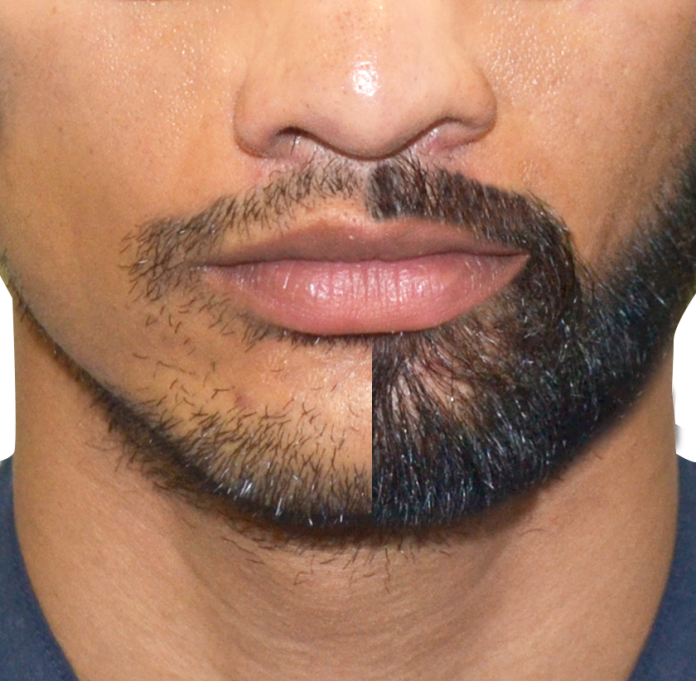
Facial hair can change every man’s appearance greatly, affect the symmetry of the face and can be used to create a specific style. Because it is such a prominent feature of the face, men usually pay great attention to their beards. Thus, an uneven or patchy look or the lack of facial hair can cause self-consciousness.
A facial hair transplant is a novel solution to these problems. It has become quite popular with the increasing number of celebrities resorting to a facial hair transplant. This aesthetic solution attracts attention because it offers natural and permanent results.
Table of Contents
Which techniques are used?
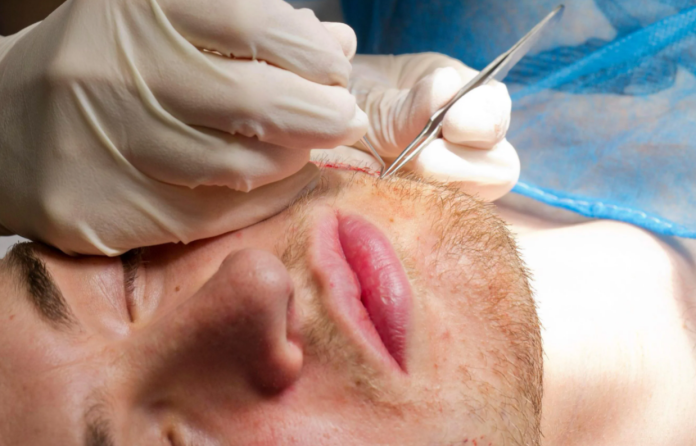
Facial hair transplant involves the extraction of healthy hair follicles and transplanting them to the desired area. As hair follicles start to grow at the target area, they create a fuller and healthier beard look.
For facial hair transplant, the most commonly used techniques are follicular unit extraction (FUE) and direct hair implantation (DHI) techniques. These techniques are performed based on a similar principle but use different methods to extract and transplant the hair follicles.
In FUE hair transplant, hair grafts containing a few hair follicles are extracted manually or using a punch tool, collected in a suitable environment, and transplanted to the target area individually. Small incisions are created by the surgeon to transplant the hair grafts.
On the other hand, DHI hair transplant uses a special tool called the Choi pen. This tool extracts and loads the individual hair grafts into its container simultaneously. Then, the surgeon can transplant the hair graft to the target area.
Even though both techniques have different advantages, they both offer you a healthy-looking dense beard.
Am I suitable?
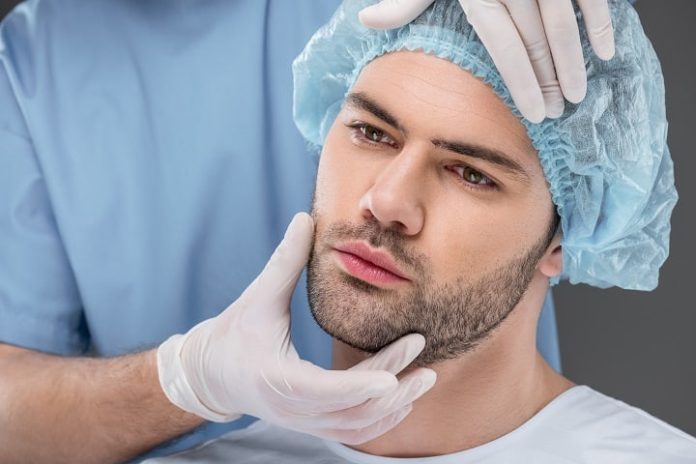
Your general health condition has an important role when it comes to suitability. You should not have any chronic heart and brain diseases. Men with healthy hair follicles in the donor area are considered to be suitable for a facial hair transplant. If you have strong hair follicles, you should be good to go.
What to expect during and after a facial hair transplant?
The facial hair transplant is performed under local anesthetic. Your surgeon will shave the donor area and start to extract hair grafts as the first step. The hair grafts are transplanted by paying attention to the angle and place of the hair follicles to create an even beard look. Facial hair transplant operation is a quick procedure and offers a long-term solution.
Aftercare is crucial for achieving the desired result after a beard hair transplant surgery. You will need to be gentle with both the donor and the transplanted area. You will be noticing some itching and crusting around the transplanted area which will flake off in a few days.
Your stubble will usually be ready to shave after 2-3 weeks. Don’t be alarmed if you see some of the transplanted hair falls since it is a natural stage of hair growth. Your beard hair will start to fall off after around 3 weeks and regrow in time. The full result of the facial hair transplant surgery is noticeable after 3 months. You can now enjoy your dense and healthy beard!
-
The first 15 days
The hardest period occurs during the first two weeks after surgery. As your body is not used to anesthetics, you may experience foggy and unrest. That period is subject to bleeding, you should be extra careful. The medical team of your clinic will place a bandage on the donor area, and they will remove it probably in 24 hours.
You can expect to get your first hair and beard wash at this check-in appointment as well. The operated area will probably start healing within two weeks and your scalp will turn to its normal appearance. The transplanted hair grafts will be secured after that period. Nevertheless, after about 10 days the transplanted follicles would shift to a resting stage that may cause the shock loss that we will talk about now.
-
What you are not expecting: Shock Loss

Shock loss may cause a roller coaster effect for patients after the operation as they may observe hair loss during that time. However, that period is completely natural and has nothing to do with the success of the operation; so, you don’t need to worry about that natural process.
The only reason for feeling bad is that most people don’t expect to see newly planted facial hair fall out at the second week of their recovery timeline. Nevertheless, shock loss is a natural reaction of the human body and
The shock loss period may last up to the end of the second month and decrease after the end of the first month. You’ll be able to observe transplanted hair growth after roughly 45 days.
-
60 days
During the first 2 months of your recovery, your skin recovery will start to be stabilized You may still experience sensitivity and itchiness. You implanted hair will fall and new hair will grow. Operation-related discomfort will gradually decrease and go away soon.
Significant facial hair growth will be observed after the second month. You may observe blisters between the first and the second month. Reach your medical consultant to avoid these side effects.
-
4 months
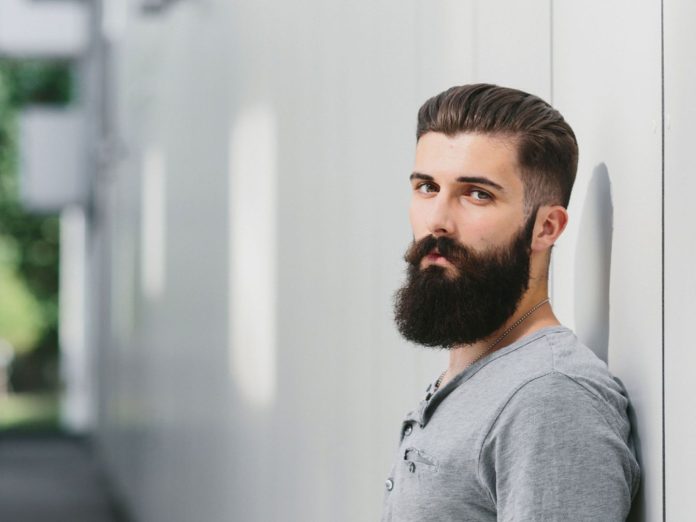
After the hardest period, you can finally observe clean and neat growth after your 3rd to 4th month. This is a milestone for any hair transplant operation. You can comb and cut your hair at this from the end of the 3rd month. Although it looks stable, you should still be cautious about how you treat your hair and avoid any intense conditions.
-
8 months
Your recovery should be finalized between eight to twelve months after your facial hair transplant operation. Now it is time to style and enjoy your facial hair; you might want to experiment with new models.
Once your recovery is finalized, you can go to your clinic in person or have a virtual consultation to check your final results; this can be done after the 8th or 12th month. Your hair transplantation clinic will assess the condition of your transplanted area and provide you with some tips for future aftercare.
How much does it cost?
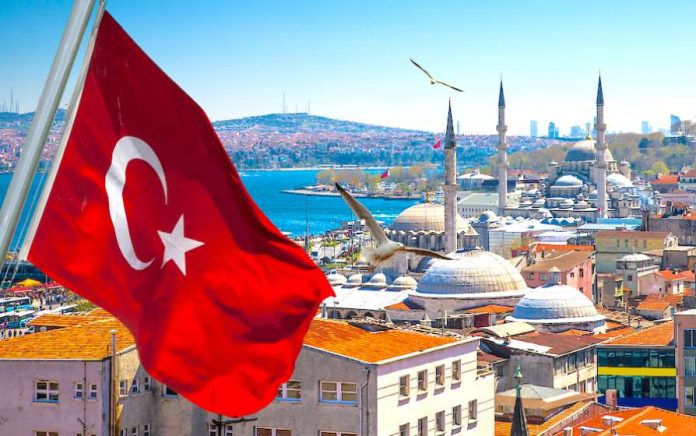
You might want to consider having a holiday and have your beard transplant in Turkey thanks to the economic prices and qualified hair transplant clinics. The beard hair transplant prices in Turkey are much lower than in other countries. The cost for achieving your dream beard usually ranges from $1,000 to $3,000. Whereas the cost of the same operation is roughly 5 times higher in the US and European countries.
Heva Clinic specializes in facial hair transplant in Turkey, feel free to reach them for a free medical advice.

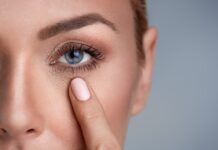













![16 Best Men’s Loafers 2023 [ BEST PREMIUM BRANDS ] best mens loafers](https://www.menshairstylesx.com/wp-content/uploads/2019/10/best-mens-loafers-1-100x70.jpg)
